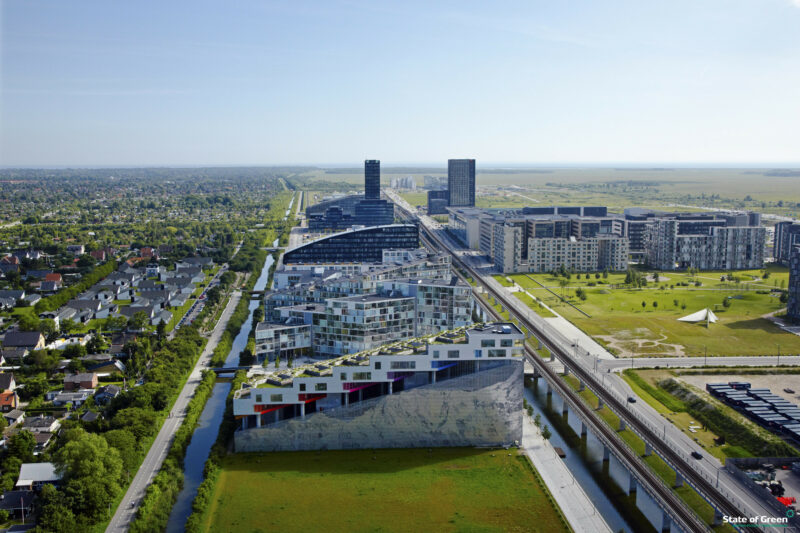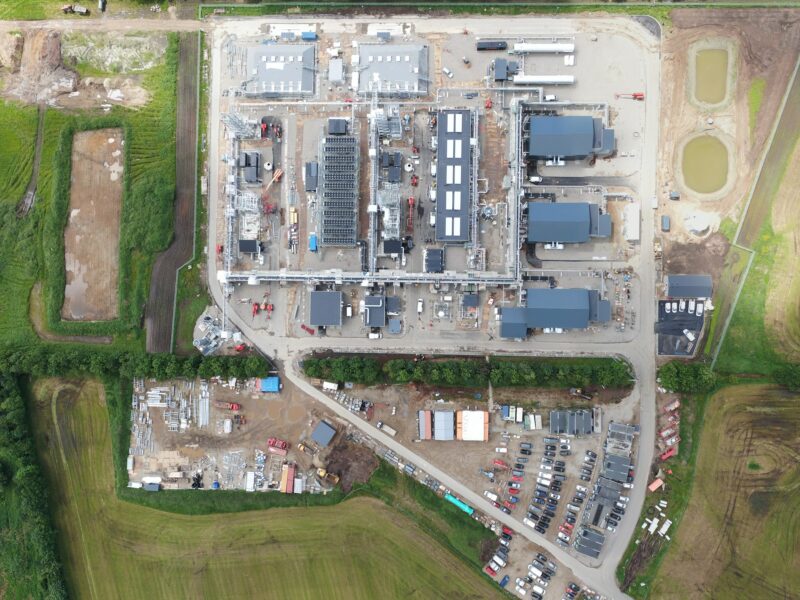News
Smart energy systems
New research partnership aims to make the green energy system smarter


Denmark aims to be independent of coal, oil and gas by 2050, and in parallel with increasing electrification of its infrastructure and heating sector, this means that Denmark is facing future multi-billion investments in conversion and expansion of the energy system.
A new four-year research project, in which the four technical Danish universities, DTU, Aalborg University, SDU and Aarhus University have joined forces with the utilities sector, will focus on whether, by using among other things artificial intelligence, it is possible to remove a significant percentage of this investment need.
-Related solution: ECOGRID 2.0: Flexible electricity consumption in private households
Match supply and demand for green power
The problem is that green energy sources are weather-dependent, and this means that energy production does not always take place concurrently with consumption. The project is called Flexible Energy Denmark (FED), and it aims to develop smart solutions to match supply and demand for green electricity.
“Denmark and the rest of the world are facing major challenges in integrating all the wind and solar energy produced in the electricity grid, and—unfortunately—the result is often that green power goes to waste. It’s depressing that wind turbines are relatively often stopped because of problems selling the wind energy produced. There is a need for a smarter—and more flexible—electricity and energy system. This will markedly reduce both CO2 emissions and energy costs for end users,” DTU Professor Henrik Madsen explained in a DTU news release.
-Related solution: Triple helix playground innovates smart grid solution
Associate Professor Steffen Petersen, Aarhus University, said:
"Our research has shown that energy systems should exploit the flexibility potential on the demand side more in order to reduce capital costs and streamline operations. In the near future, I can well imagine that the design of energy-efficient buildings will also entail weighing investments in energy flexibility against investments in, for example, energy savings."
Steffen Petersen points out that the profitability of the investment costs of the last few centimetres insulation in a building envelope is perhaps worse than investment in initiatives to increase the potential for the building's energy flexibility, and this is why it is important to consider balancing investments in energy savings and flexibility with investments in renewable energy production.
Scale research data to society level
The FED project has received EUR 4 million from Innovation Fund Denmark. The project has been set up at Center Denmark, a new national digitisation hub for smart energy systems. Center Denmark, which is located in Fredericia, Denmark, has been structured as a real society. This gives it some unique opportunities to use and scale research data.
"It’ll be a national digitisation hub, from where we can obtain more and more varied data. The data basis from Center Denmark is very interesting, as it is both scalable and representative of Danish society, and thus we have the opportunity to test different energy philosophies and systems in connection with FED," said Henrik Madsen.
Project facts
- The object of Flexible Energy Denmark is to obtain data-intelligent smart solutions for Center Denmark, a new national digitisation hub for smart energy systems
- The budget is EUR 6 million, EUR 4 million of which in funding from Innovation Fund Denmark.
- FED will run over four years starting in 2019
- FED has a total of 20 partners, and the project is managed by energy company EWII
Sources
The Technical University of Denmark
Innovation Fund Denmark (in Danish)
EWII (in Danish)
You should consider reading
solutions
Combined heat and power production
+6
CopenHill: The story of the iconic waste-to-energy plant
20 November 2024publications
Combined heat and power production
+9
















